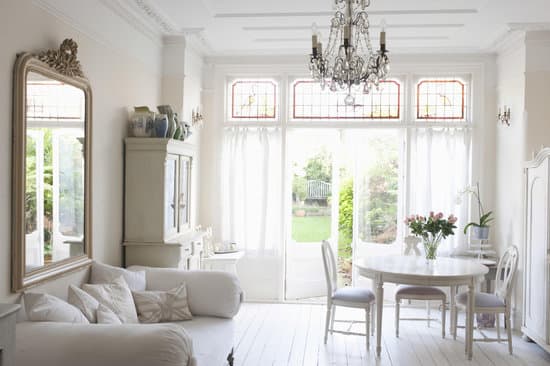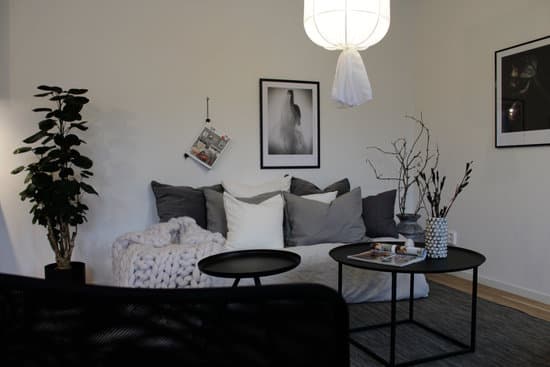Stained glass can absolutely be considered a hallmark of the Art Nouveau movement. In fact, it was one of the most prominent and stunning examples of the Art Nouveau style. The movement was all about embracing natural forms, and if you think about it, stained glass windows capture the beauty of nature and the way that light filters through it in a way that’s both delicate and bold at the same time.
Here are a few reasons why stained glass is such an important part of the Art Nouveau movement:
Stained glass windows often feature natural motifs, such as flowers, vines, and trees, which were a signature of the Art Nouveau style.
The use of bold, jewel-toned colors in stained glass was also a defining characteristic of the Art Nouveau movement, as it emphasized the idea of art being vibrant, dynamic, and alive.
Art Nouveau artists like Rene Lalique and Louis Comfort Tiffany were renowned for their beautiful and intricate designs in stained glass, which featured a range of techniques like acid-etching, painting, and layering.
Overall, stained glass in the Art Nouveau era was all about capturing the beauty and complexity of nature in a way that was both elegant and eye-catching, and it continues to be a beloved and iconic part of this artistic movement to this day.





















